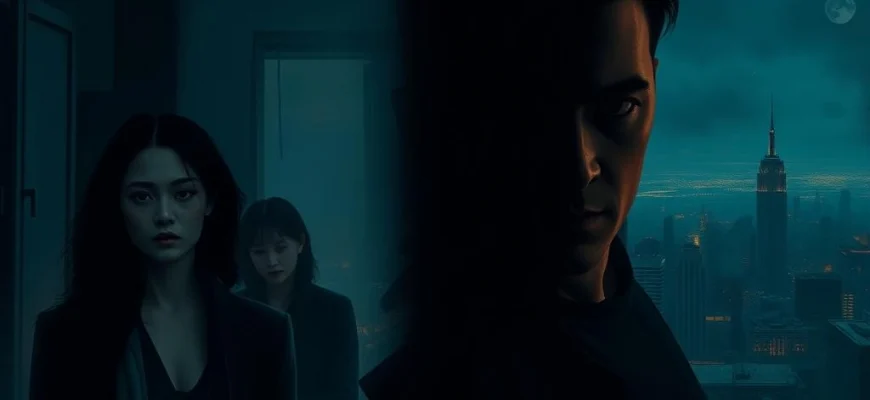If you loved the gritty, atmospheric tension of *The Killing of a Chinese Bookie* (1976), you're in for a treat. This article explores 10 movies and shows that share its neo-noir style, morally ambiguous characters, and slow-burning suspense. Whether you're a fan of crime dramas or psychological thrillers, these picks will keep you on the edge of your seat.
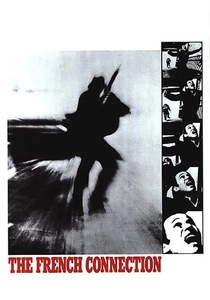
The French Connection (1971)
Description: A gritty police procedural that captures the brutality and moral ambiguity of law enforcement. Its documentary-like style and focus on the darker side of crime align with the reference's themes of corruption and moral decay.
Fact: The film's famous car chase scene was shot without permits and involved real-life stunts. It was based on a true story of one of the largest drug busts in history.
 Watch Now
Watch Now 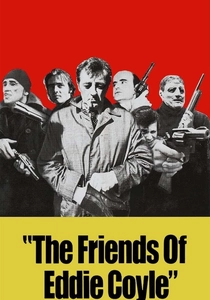
The Friends of Eddie Coyle (1973)
Description: A crime drama that portrays the grim realities of low-level criminals and the inevitability of betrayal. Its understated tone and focus on the mundane aspects of crime resonate with the reference's themes of existential futility and underworld survival.
Fact: The film is based on a novel by George V. Higgins, a former prosecutor who drew on his real-life experiences. It features one of the most realistic depictions of Boston's criminal underworld.
 Watch Now
Watch Now 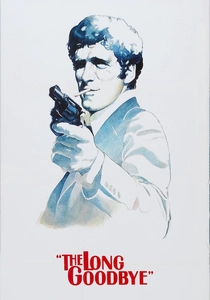
The Long Goodbye (1973)
Description: A neo-noir film that explores themes of disillusionment and moral ambiguity, featuring a protagonist navigating a corrupt and indifferent world. Its slow-burning narrative and atmospheric tension mirror the existential dread and underworld dealings of the reference.
Fact: The film's protagonist, Philip Marlowe, is a modernized version of Raymond Chandler's classic detective, set in 1970s Los Angeles. The movie was initially poorly received but has since gained a cult following.
 Watch Now
Watch Now 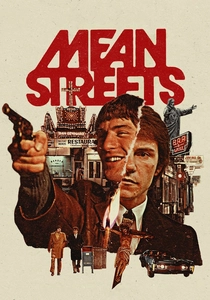
Mean Streets (1973)
Description: A raw and unfiltered look at life in the criminal underworld, focusing on loyalty, guilt, and redemption. Its handheld cinematography and naturalistic dialogue mirror the reference's immersive, character-driven approach to storytelling.
Fact: The film marked the beginning of a long collaboration between its director and lead actor. It was shot on a very low budget, largely in the actual neighborhoods where the story is set.
 Watch Now
Watch Now 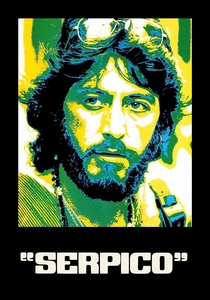
Serpico (1973)
Description: A biographical crime drama that explores police corruption and the personal cost of integrity. Its realistic portrayal of systemic corruption and the protagonist's isolation mirrors the reference's themes of moral conflict and institutional decay.
Fact: The film is based on the true story of Frank Serpico, a New York City police officer who exposed widespread corruption. It was shot on location in New York, adding to its authenticity.
 Watch Now
Watch Now 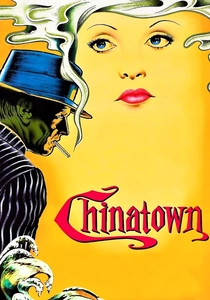
Chinatown (1974)
Description: A neo-noir masterpiece that explores corruption, power, and the futility of justice. Its intricate plot, morally complex characters, and bleak outlook echo the reference's themes of disillusionment and systemic corruption.
Fact: The film's famous line, 'Forget it, Jake, it's Chinatown,' has become a cultural shorthand for hopeless situations. It was inspired by real-life water scandals in early 20th-century Los Angeles.
 Watch Now
Watch Now 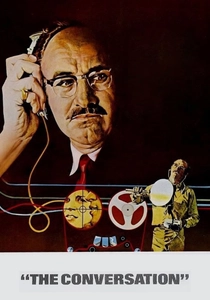
The Conversation (1974)
Description: A psychological thriller that examines paranoia, surveillance, and the erosion of personal identity. Its meticulous pacing and focus on a solitary, morally conflicted protagonist resonate with the reference's themes of isolation and ethical ambiguity.
Fact: The film was shot in San Francisco and used innovative sound design to immerse the audience in the protagonist's paranoid world. It was released the same year as another major conspiracy thriller by the same director.
 Watch Now
Watch Now 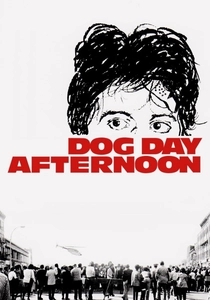
Dog Day Afternoon (1975)
Description: A tense crime drama based on a true story, focusing on a botched bank robbery and the media frenzy that follows. Its blend of dark humor, social commentary, and character-driven narrative aligns with the reference's themes of desperation and societal critique.
Fact: The film's famous 'Attica!' chant was improvised by the lead actor. It was shot in sequence to maintain the tension and realism of the story.
 Watch Now
Watch Now 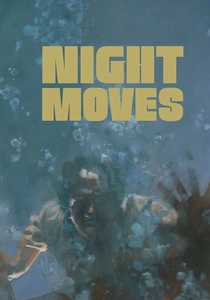
Night Moves (1975)
Description: A gritty detective story that delves into personal and professional failures, set against a backdrop of crime and deception. Its moody, introspective tone and focus on a flawed protagonist align closely with the reference's themes of existential crisis and underworld intrigue.
Fact: The film's title is a pun, referring both to the protagonist's nocturnal investigations and his inability to make progress in his life. It features one of the most ambiguous and debated endings in 1970s cinema.
 Watch Now
Watch Now 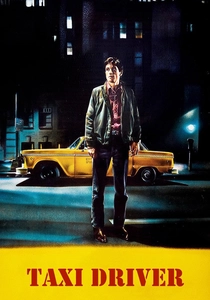
Taxi Driver (1976)
Description: A dark character study of alienation and urban decay, featuring a protagonist descending into violence and madness. Its raw, visceral style and exploration of a seedy underworld align with the reference's themes of existential despair and criminality.
Fact: The film's iconic 'You talkin' to me?' scene was largely improvised. It was shot in New York during a time of high crime and urban decay, adding to its gritty authenticity.
 Watch Now
Watch Now 
